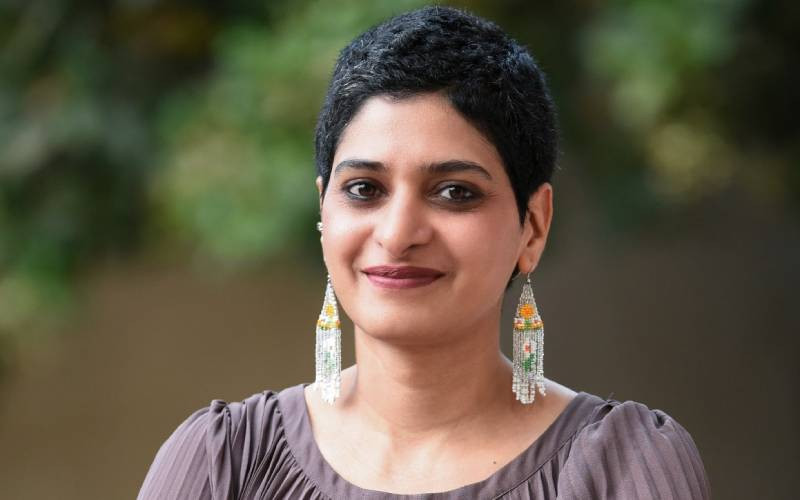Last month, the Government of Kenya in partnership with the United Nations Population Fund launched a report on maternal health.
The launch of the ‘Assessment of the UNFPA Campaign to End Preventable Maternal and New-born Mortality in support of the Campaign for Accelerated Reduction of Maternal Mortality in Africa’ was on the sidelines of the 60th Session of the UN Commission of Women in New York.
The assessment report by Deloitte Consulting captures the important strides the country has made to significantly address disparities in advancing maternal and new-born health at all levels.
These findings manifest the Government’s commitment and determination to address inequalities as envisioned by one of the key principles of Agenda 2030, by ensuring that no one is left behind.
The cornerstone of the Government’s commitment is to strengthen the partnerships between GoK, development partners and other stakeholders nationally, regionally and globally.
This was manifested in March 2015, when President Uhuru Kenyatta opened a high-level meeting in Nairobi which engaged religious leaders as key partners in fighting against social and cultural drivers that inhibit women’s empowerment, many of which contribute to their poor sexual and reproductive health.
That advocacy drive by the Government of Kenya and UNFPA has culminated in an innovative project that is now being implemented in six of the 47 counties with the highest maternal and child deaths.
The programme in Kenya’s underserved counties by public and private partners together with UN agencies is a good benchmark in identifying the sub-populations that are not obtaining health care, the reasons for those barriers, and the actions that can be taken to remove them.
The project recognises that to achieve health equity, gender equality and fulfil the right to health as guaranteed in the Constitution, it is essential to identify the underlying causes of health inequalities.
This calls for a need to look inwards, rather than global indicators.
It is only by identifying the disadvantaged or excluded groups, that evidence-based policies, programmes and practices can be designed and inequalities tackled effectively.
The focus on 15 counties that bear 98.7 per cent of all maternal deaths in the country was preceded by a survey undertaken by one of Kenya’s premier institution of higher learning -University of Nairobi, which revealed the multiple challenges faced by these communities.
These challenges include various historical and cultural reasons that disadvantage the most vulnerable, invariably female, poor, rural and thus voiceless and marginalised.
In short, while national averages are important for monitoring overall progress, it is time to realise that these national indicators do not provide the complete picture.
One example should suffice: in 2014, the national female genital mutilation prevalence rate in Kenya dropped to 21 per cent from 27 per cent in 2009.
Stay informed. Subscribe to our newsletter
However, in the principle of the Sustainable Development Goals (SDGs)- no one can be left behind, focus should remain on the communities where prevalence rate still stands as high as 98 per cent.
The SDGs now emphasise the need for active focus on equity, gender and human rights, specifically Goal 5 on gender equality and Goal 10 on reducing inequality within and among countries and the role of health services in securing national and global peace.
There is general consensus that health can serve as a bridge for peace and can have collateral benefits, including nipping in the bud some of the drivers of violent extremism.
 The Standard Group Plc is a
multi-media organization with investments in media platforms spanning newspaper
print operations, television, radio broadcasting, digital and online services. The
Standard Group is recognized as a leading multi-media house in Kenya with a key
influence in matters of national and international interest.
The Standard Group Plc is a
multi-media organization with investments in media platforms spanning newspaper
print operations, television, radio broadcasting, digital and online services. The
Standard Group is recognized as a leading multi-media house in Kenya with a key
influence in matters of national and international interest.
 The Standard Group Plc is a
multi-media organization with investments in media platforms spanning newspaper
print operations, television, radio broadcasting, digital and online services. The
Standard Group is recognized as a leading multi-media house in Kenya with a key
influence in matters of national and international interest.
The Standard Group Plc is a
multi-media organization with investments in media platforms spanning newspaper
print operations, television, radio broadcasting, digital and online services. The
Standard Group is recognized as a leading multi-media house in Kenya with a key
influence in matters of national and international interest.








